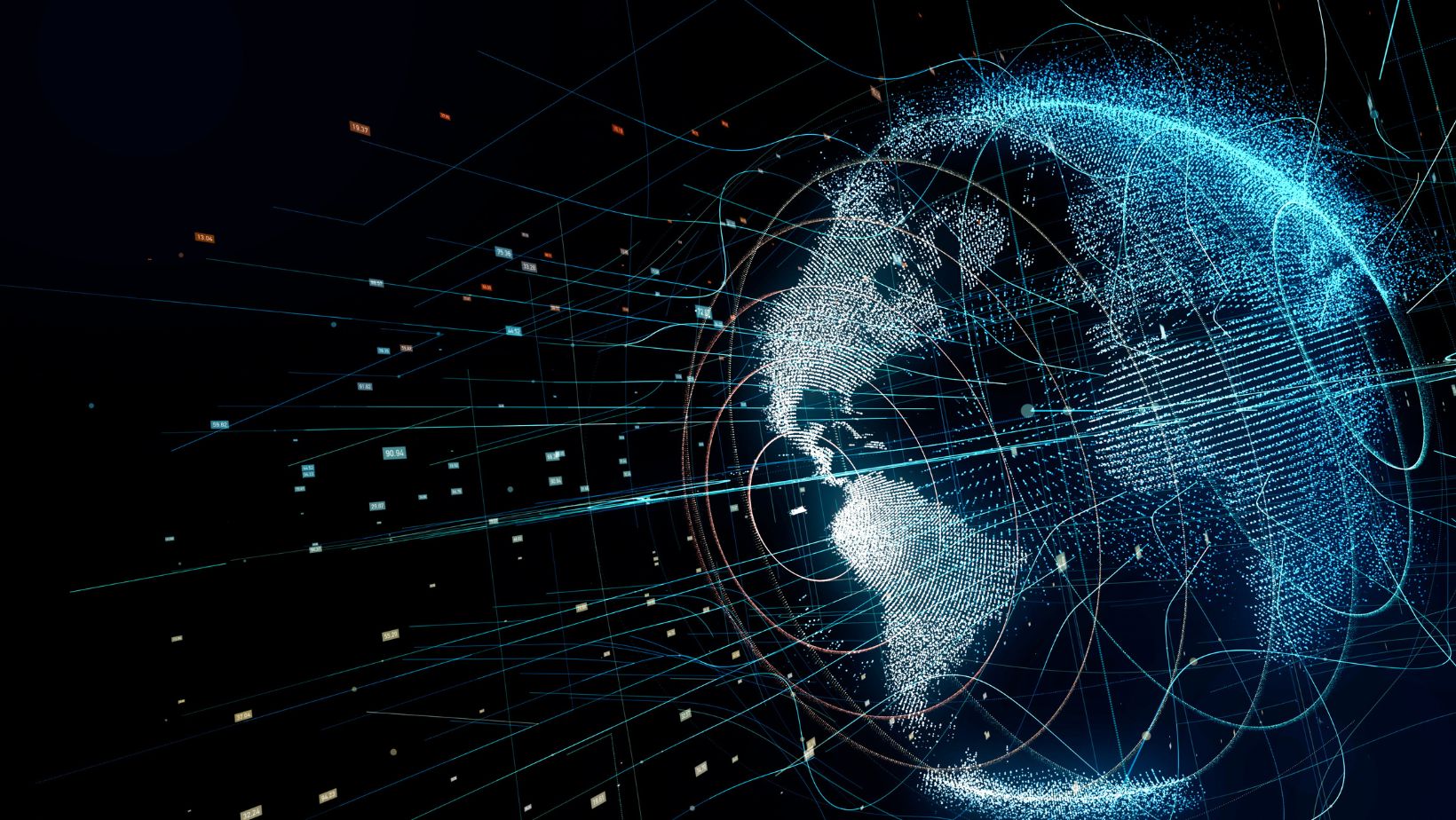In a world where war seems to be the new normal, the quest for civilian safety has never been more urgent. Imagine a battlefield where drones aren’t just for spying but also for protecting the innocent. Yes, technology is stepping up its game, and it’s about time! From advanced surveillance systems to smart bomb shelters, innovations are emerging to shield civilians from chaos.
But what’s the latest and greatest in this high-tech arsenal? It’s not just about flashy gadgets; it’s about saving lives. As we dive into the realm of cutting-edge technology, we’ll explore how these advancements are redefining safety during conflict. Buckle up—it’s time to discover how innovation is turning the tide in favor of the everyday hero.
Which New Technology Keeps Civilians Safer During War?
Civilians face unprecedented risks in war zones, making their safety a priority for humanitarian organizations and governments. Emerging technologies play a critical role in enhancing safety measures. Drones provide real-time surveillance, allowing for better identification of threats and safer evacuation routes. Advanced software analyzes data to predict potential violence, enabling timely interventions.
Innovative communication systems facilitate faster responses during emergencies. Radio technology and mobile apps connect civilians with nearby safe zones or medical assistance quickly. Body-worn cameras offer transparency for military operations, ensuring accountability and protecting civilian lives.
Smart mapping tools assist humanitarian aid organizations by identifying areas with high civilian populations at risk. These tools help coordinate safe passage for aid workers. Artificial intelligence systems classify threats based on patterns and historical data, assisting strategists in planning military operations that minimize civilian casualties.
Furthermore, electronic tagging and monitoring systems track displaced persons, aiding in their return home after conflicts. This technology ensures their safe reintegration into society. Virtual reality simulations train military personnel on conflict de-escalation and civilian protection strategies, emphasizing the importance of non-combatant safety.
Investment in these technologies reflects a growing commitment to protecting civilians in conflict zones. Collaboration between governments, NGOs, and tech companies fosters the development of innovative solutions. Continuous advancements create new opportunities to prioritize civilian safety, making the battlefield increasingly protective against harm.
Emerging Technologies in Warfare

Emerging technologies play a pivotal role in enhancing civilian safety during conflicts. Innovations such as drones and advanced communication systems significantly improve situational awareness and emergency response in war zones.
Drones and Remote Surveillance
Drones excel in providing real-time aerial surveillance. They deliver crucial insights that help identify threats and monitor conflict zones effectively. Equipped with high-resolution cameras, these devices capture detailed imagery, allowing military personnel to strategize better. They also reduce the risk to human life by minimizing direct engagement in volatile areas. Various models focus on distinct applications, such as intelligence gathering or reconnaissance. The rapid deployment capability of drones facilitates immediate assessments, which is essential during crises. Continuous advancements in drone technology ensure improved reliability and enhanced data transmission efficiency.
Advanced Communication Systems
Advanced communication systems enhance coordination among military and humanitarian actors. They enable seamless information sharing and foster quicker response times during emergencies. Utilizing encrypted channels protects sensitive data, ensuring that communication remains secure even in hostile environments. Innovative tools help streamline the flow of information, reducing misunderstandings that could jeopardize civilian safety. Collaboration between organizations aided by these systems enhances situational awareness and response effectiveness. Overall, robust communication networks significantly contribute to operational efficiency and increased safety for civilians during armed conflicts.
Protective Technologies for Civilians
Innovations in protective technologies significantly enhance civilian safety during conflicts. Various advancements aim to provide immediate security and effective responses to threats.
Smart Shelters and Safe Zones
Smart shelters create secure spaces for civilians in conflict zones. Equipped with reinforced structures, these shelters often include advanced surveillance systems. Technologies like automated alerts notify occupants of incoming threats. Additionally, integration with communication networks allows for rapid information sharing with emergency services. Municipalities can test these smart shelters in simulations to ensure their effectiveness against various threats. Their growing adoption holds promise for safeguarding lives during emergencies.
Wearable Safety Devices
Wearable safety devices deliver vital protection for civilians on the ground. These devices often include GPS tracking, enabling real-time location updates for users. Features like emergency buttons connect civilians directly to emergency services, facilitating quicker responses. Personal safety alarms provide an additional layer of protection, scaring off potential threats. Communities benefit from programs that distribute these devices to vulnerable populations. Enhanced awareness of threats and immediate access to assistance empower civilians, ensuring a more secure environment in dangerous situations.
Ethical Considerations and Challenges
Technological advancements intended to enhance civilian safety during conflict raise critical ethical considerations. First, the risk of surveillance overreach becomes apparent with the deployment of drones and advanced monitoring systems. Increased surveillance capacity may infringe on individual privacy rights, stirring concerns about civil liberties.
Moreover, reliance on artificial intelligence in decision-making processes leads to questions of accountability. When combat strategies are informed by machine learning algorithms, discerning where the responsibility lies for errors or unintended civilian harm becomes complex. Hence, robust guidelines are essential to govern AI’s application in military contexts.
Additionally, the efficacy of body-worn cameras hinges on transparency and oversight. While these devices promote accountability among military personnel, without stringent regulations, bias in footage interpretation may undermine their intended purpose. Ethical frameworks must be established to ensure that technology serves to protect, rather than misrepresent civilian experiences.
Emerging challenges also relate to the integration of various technologies. Smart shelters and wearable safety devices must be accessible to all civilians, including vulnerable populations such as women and children. A gap in technology access could perpetuate existing inequalities, highlighting the need for inclusive approaches.
Lastly, continuous collaboration among stakeholders—including tech companies, governments, and humanitarian organizations—fuels ethical discourse around these innovations. Engaging diverse perspectives ensures that technological deployment aligns with humanitarian principles rather than solely tactical advantages. Stakeholders must prioritize civilian safety above military objectives to foster a more ethical approach in conflict zones.
Future Prospects for Civilian Safety

Emerging technologies continue to transform civilian safety during conflicts. Innovations in artificial intelligence significantly enhance predictive models that forecast violence, thereby enabling proactive measures. Organizations harness advanced data analytics to identify patterns and allocate resources effectively.
Smart shelters represent a promising avenue for enhancing safety. Equipped with integrated surveillance and automated alert systems, they offer civilians protected spaces during crises. Additionally, wearable safety devices equipped with GPS tracking allow for real-time monitoring and swift access to emergency assistance.
Drones equipped with high-resolution cameras provide crucial aerial intelligence. Their ability to monitor conflict zones allows for timely interventions and minimizes risks to human life. Seamless communication systems support collaboration among military operations and humanitarian efforts, streamlining information exchange.
Challenges associated with these technologies remain critical. Concerns about surveillance overreach and potential privacy violations demand attention. Accountability arises as artificial intelligence systems make decisions that impact civilian safety. Effectiveness of body-worn cameras hinges on implementing robust regulations and maintaining transparency.
Inclusive approaches in accessing these technologies are vital as well. Vulnerable populations require priority access to emerging safety tools. Continuous collaboration among tech companies, governments, and NGOs ensures alignment with humanitarian principles. Ultimately, prioritizing civilian protection over military goals builds a foundation for ethical practices in conflict zones.
Civilian Safety in War
Emerging technologies are reshaping the landscape of civilian safety during conflicts. Innovations like drones and smart shelters offer vital tools for enhancing protection and ensuring rapid responses to threats. These advancements not only empower civilians but also enable better coordination among military and humanitarian efforts.
However, the ethical implications of these technologies must not be overlooked. Striking a balance between security and privacy is crucial to maintaining trust within affected communities. As technology continues to evolve, ongoing collaboration among stakeholders is essential to ensure that these tools serve their intended purpose of safeguarding lives while respecting individual rights.

